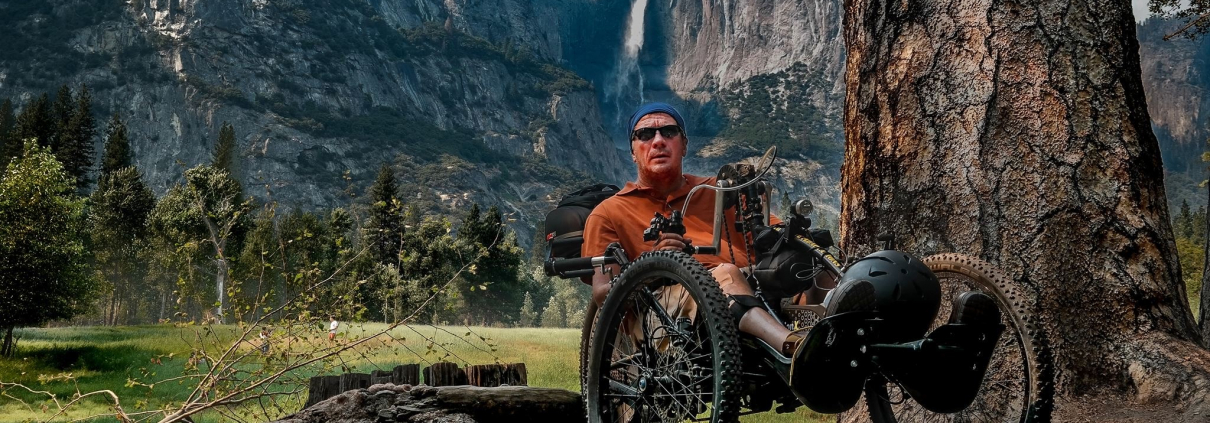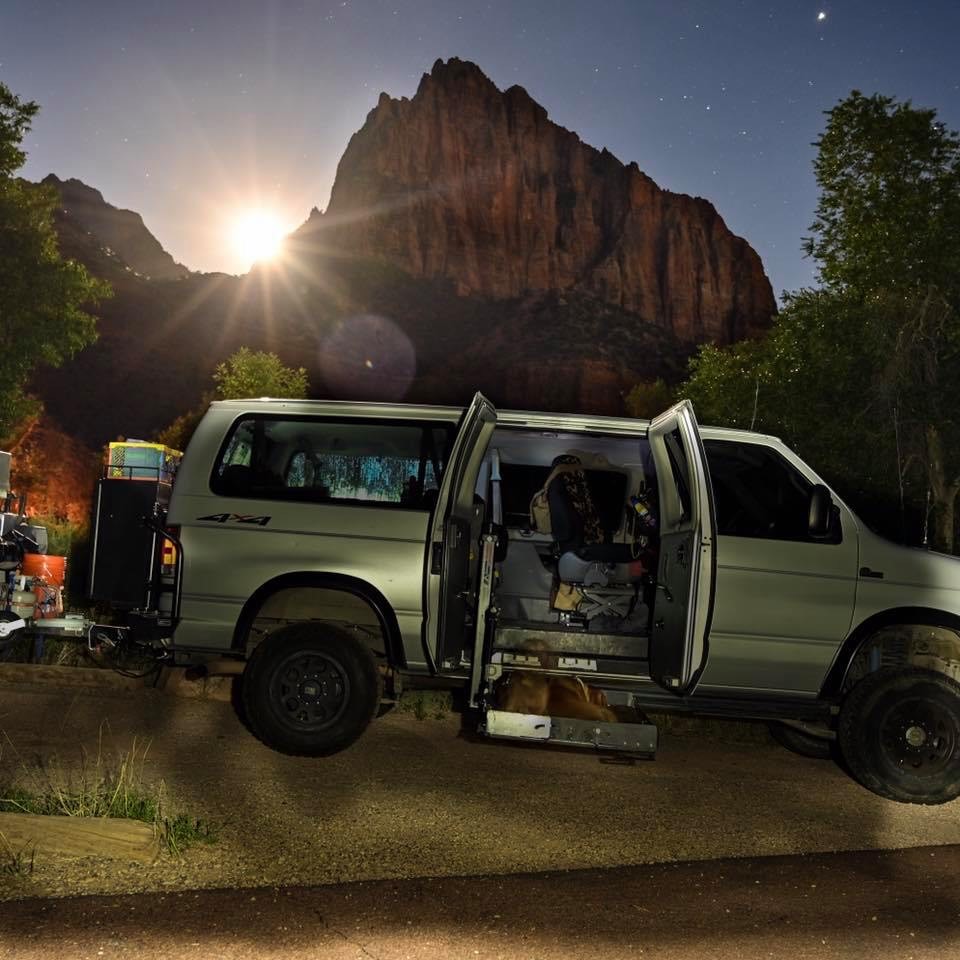Mobility My Way: The World Can Wait

By Mike Savicki
Back in the early 2000s, Arizona’s Loren Worthington made a decision to see the world. And why shouldn’t he? The Army brat who was born in Fairbanks, Alaska, was already used to traveling, camping, hunting, fishing, and exploring in the family’s small RV (tents for the kids) and admits it wasn’t until he was 18 that he spent a night in a hotel. Seeing the world to this adventurer really didn’t seem like too much of a stretch.
The timing seemed right, too. Armed with an economics degree from Arizona State and having spent time in business with his father, a civil engineer, the duo had recently sold their company and Worthington was feeling an itch to explore once again. So first he headed to Canada, then back through the United States, then down into Mexico, all of it on wheels, traveling and exploring like he had done as a kid.
But when he hit Rocky Point (Puerto Penasco on the Sea of Cortez) his entrepreneurial mind kicked in and his plans changed. With the economy booming and “expats” from the US and Canada investing money in beachfront properties, Worthington saw an opportunity in promoting, renting, and selling the properties via the Internet. And because listings do better with high quality photography, Worthington began planning, composing, orchestrating, and producing the high-reward photo shoots right down to the table, chair, fashion model, sailboat, and proper lighting. As his business grew, his plans to keep traveling came to an end. The world, he figured, could wait.
Behind the Lens
Picking up a camera seemed like a logical extension and soon Loren Worthington found a new love behind the lens. In addition to shooting for his business, Worthington began capturing sports images, too. The former athlete (he sustained a cervical spinal cord injury at age 21 while sliding into third base) found a way to get back into the part of his life he never thought possible.

“After my injury it was painful to be on the sidelines,” Worthington, now 56, explains. “So I picked up a camera and now, twenty years later, it’s more a part of my life and my day than I could have imagined.”
Beginning with a 12 athlete sports calendar for the independent living center which is now the thriving Ability 360 (where he currently serves as the Photography, Marketing & Communications Manager), Worthington has shot such high profile events as the Toronto ParaPan Games and the 2016 Rio Summer Paralympic Games.
“In sports, especially working with athletes with disabilities,” he shares, “they let me in, I know where to be, and they recognize and respect me for taking the time to understand their sport.
“And when I get in that zone shooting sports, nothing else matters,” he adds. “Sports photography, especially, is so fast it takes practice, you need to know where to be and when, and you need to be ready to change batteries, lenses, cameras and so much else. Athletics takes muscle memory and photography does, too.”
Loren’s minivans have always served as his primary means of travel and transport for his gear and equipment. He is on his fourth vehicle (with each of the previous three registering more than 150,000 miles) and has driven both VMI and Braun conversions. He has high standards and expectations for his vehicles, often working within the industry to customize and modify accessories and add-ons to suit his lifestyle.

He offers, “The wrong van, the wrong vehicle, can be such a detriment to life, not just the physical wear and tear but also the mental strain it gives you. I have a big need for transport and I need my energy for doing what I love, not being a burden on someone else or using it all up simply trying to make it happen.”
Rolling into the Future
Remember how Loren Worthington’s original plan was to see the world? Well, that’s not completely off the table just yet. For backcountry travel and long range adventures, he also drives a modified 2008 Ford E Series van with a self-engineered pull-behind camping unit equipped with a galley and enough storage space for his Reactive Adaptations mountain handbike, his wife, Karla’s gear, and room for his two dogs, Amber and Annie.
“My mindset when I travel,” Worthington explains, “goes from that scouting ‘be prepared’ mantra to once I get rolling and make that first turn and see Phoenix in the rear view, to a huge endorphin rush, a life balance, a sense of freedom.”
With eyes set on someday soon heading deep into Idaho along rail trails and backroads, he has already made multiple 14-day trips down the Baja, plus equally long adventures in Colorado and Utah, plus National Parks like Yellowstone and Zion, not to mention heading up and down A1 to the Florida Keys and back.
Worthington sees a need for the mobility industry to keep pushing and changing. With an eye toward modifying primary vehicles to support both the daily activities and demands along with the active lifestyles of the disabled, he sees a need for more research into what can be pulled behind a vehicle.
“Just like how I’m looking at what my next bike will be, and how I can take my photography and videography to a different level, I’m looking at what can be done to vehicles to support those of us with disabilities who just don’t sit still,” he explains. “It’s all about working through trade-offs – taking some things out to make room for others – making things lighter and stronger, and customizing as much as you can right down to the half an inch, especially for power chairs.
“And it’s about creating vehicles that can handle the transitions,” he adds. “Because the transitions—in life, on the road, and in vehicles, too, it doesn’t matter—are where the opportunities are. Don’t get comfortable because you don’t think you can do something, change your mindset, find a way, create a way.”
